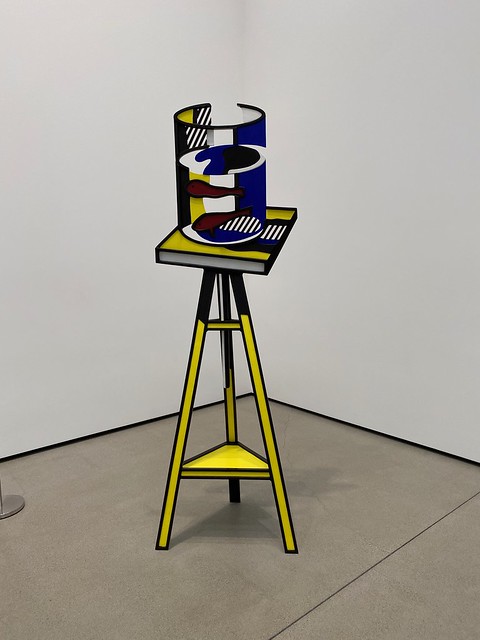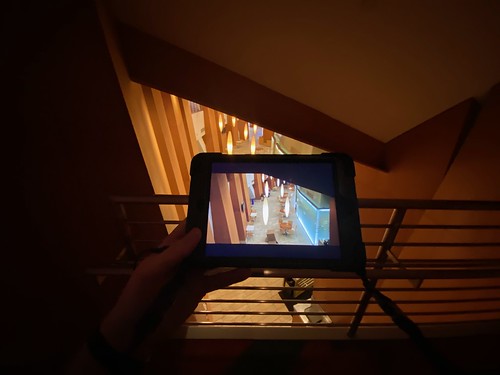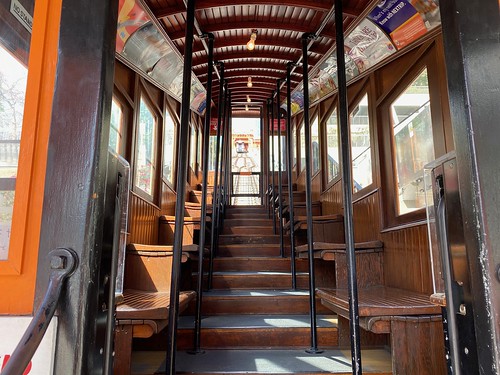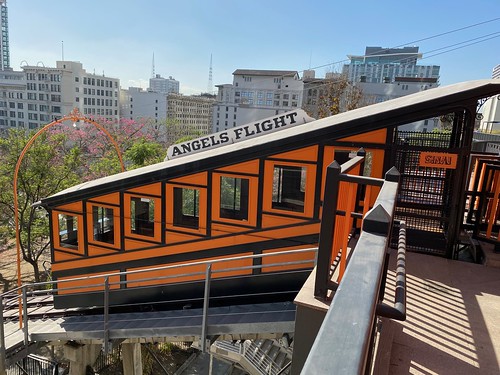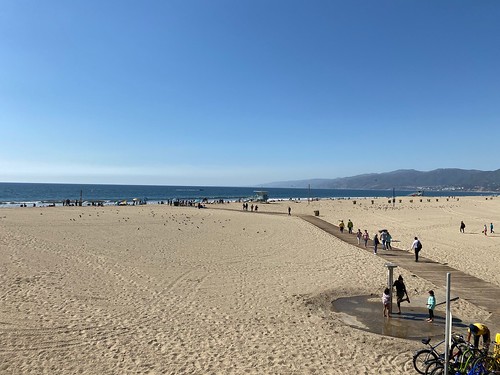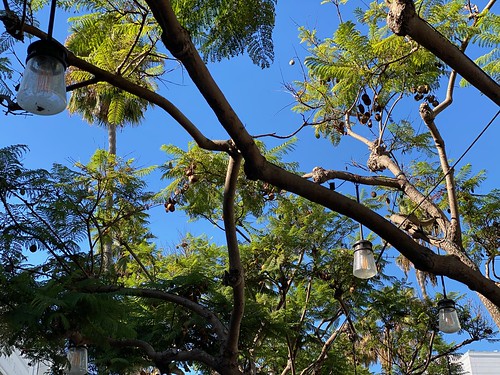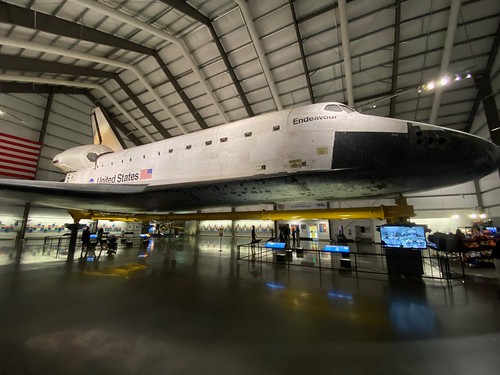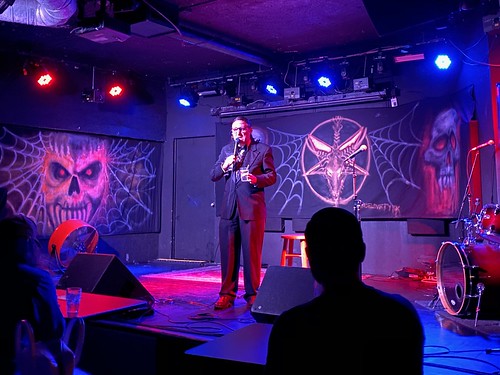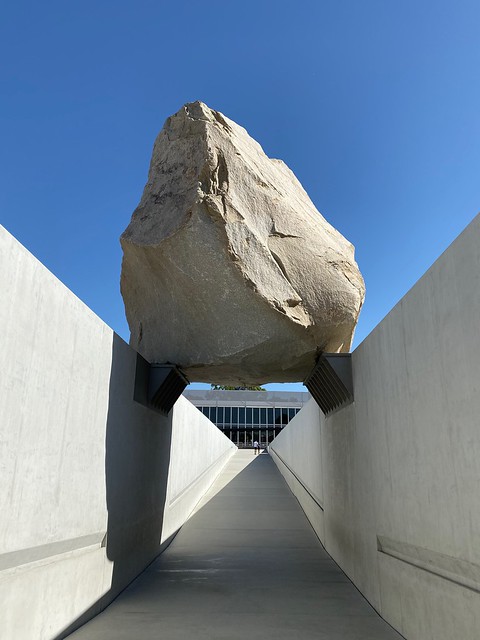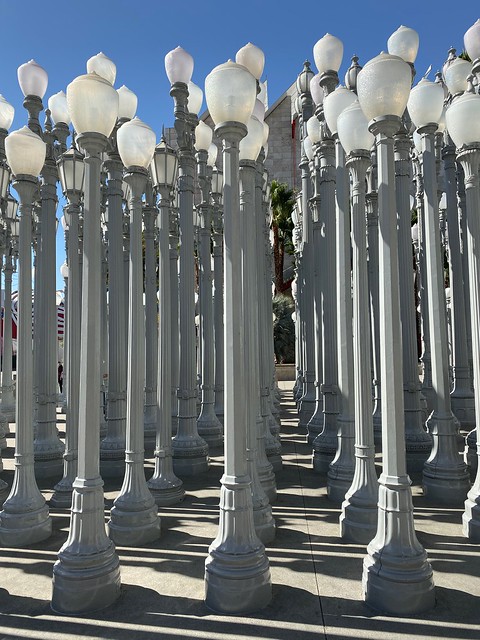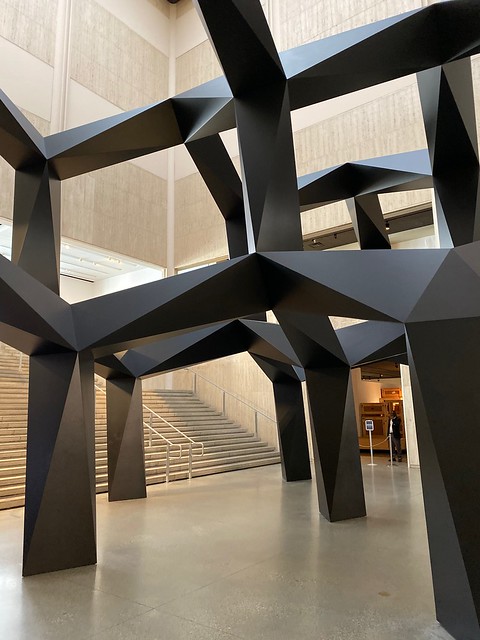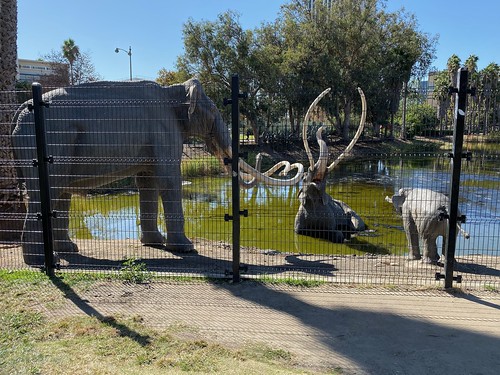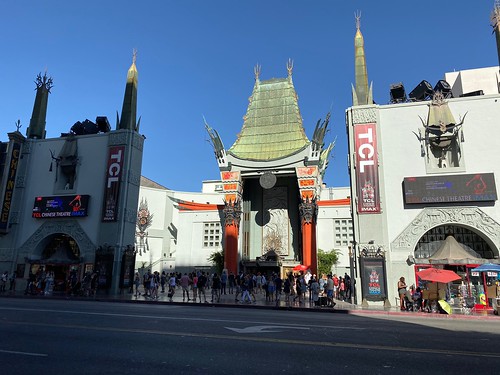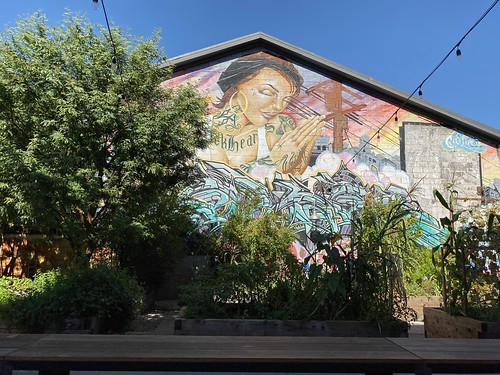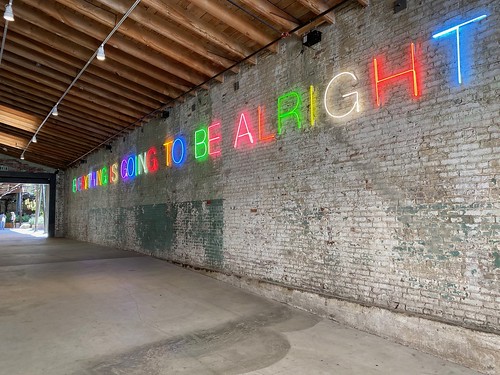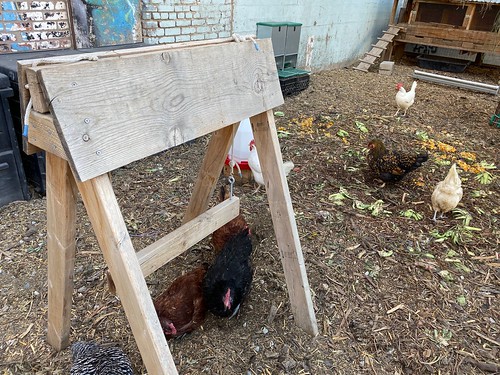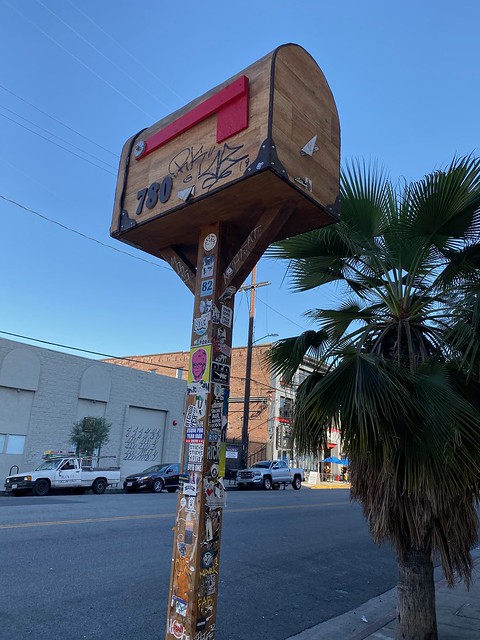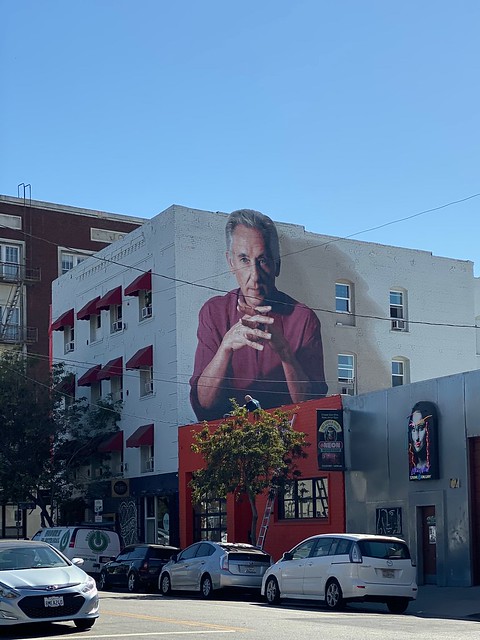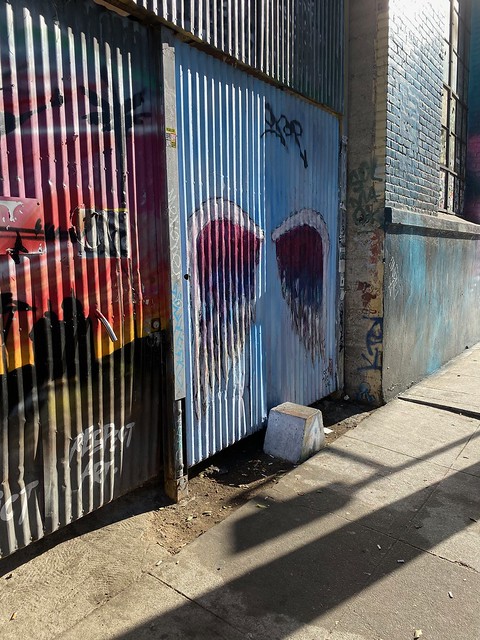
My final stop on this trip to Los Angeles was The Broad (pronounced more like “The Brode”) a free modern art museum financed by the wealthy Broad family.
The museum’s main gallery is on the top and third floor, which unfortunately was the only part I had time to visit before heading to the airport. So take what I have to say next with a grain of salt.
The main gallery is an almost paint-by-numbers collection focusing on most of the modern art superstars you probably have seen before: Jeff Koons, Andy Warhol, Jasper Johns, Roy Lichtenstein, etc. If you’ve never seen works from these artists by all means go to The Broad immediately and get up to speed on modern art. For the rest of us it’s largely comfort food.
One clever piece you’ll only see at The Broad is Under the Table by Robert Therrien. This is a giant table and chair set that seems to be a selfie-magnet, as though you’ve somehow been shrunken down after taking the pill that makes you smaller from Alice and Wonderland.
Another artist in the main collection I found particularly interesting was Robert Longo, who takes (or stages) photos, projects them, and then paints them with attention to movement and/or makes subtle differences to re-contextualize them in unusual and interesting ways.
One gallery focused on Ellsworth Kelly, who somehow turned canvases into art that I found physically painful to look at due to the bright contrasting colors. When I attempted to take photos I found some vindication as my iPhone camera had serious issues with autofocus when pointed at his pieces.

What I did find particularly impressive about The Broad is the building itself. Designed by Diller Scofidio + Renfro — the same firm that designed the Moscone West screen that never really worked — it looks like a white cheese grater on the outside, but on the inside it’s as though someone built an Apple Store inside of a hollowed-out cave.
I don’t mean to sound sarcastic, I just can’t think of any other way to describe the design without sounding like a crazy person.
My recommendation: To be clear I’ve only seen the main gallery on the third floor at The Broad. If you’re unfamiliar with modern art it’s a pretty solid introduction and the price is right — just make a free reservation online and go. Otherwise I’d suggest checking out the special exhibits instead. The friendly staff on the first floor will check in any bags and coats as needed.



